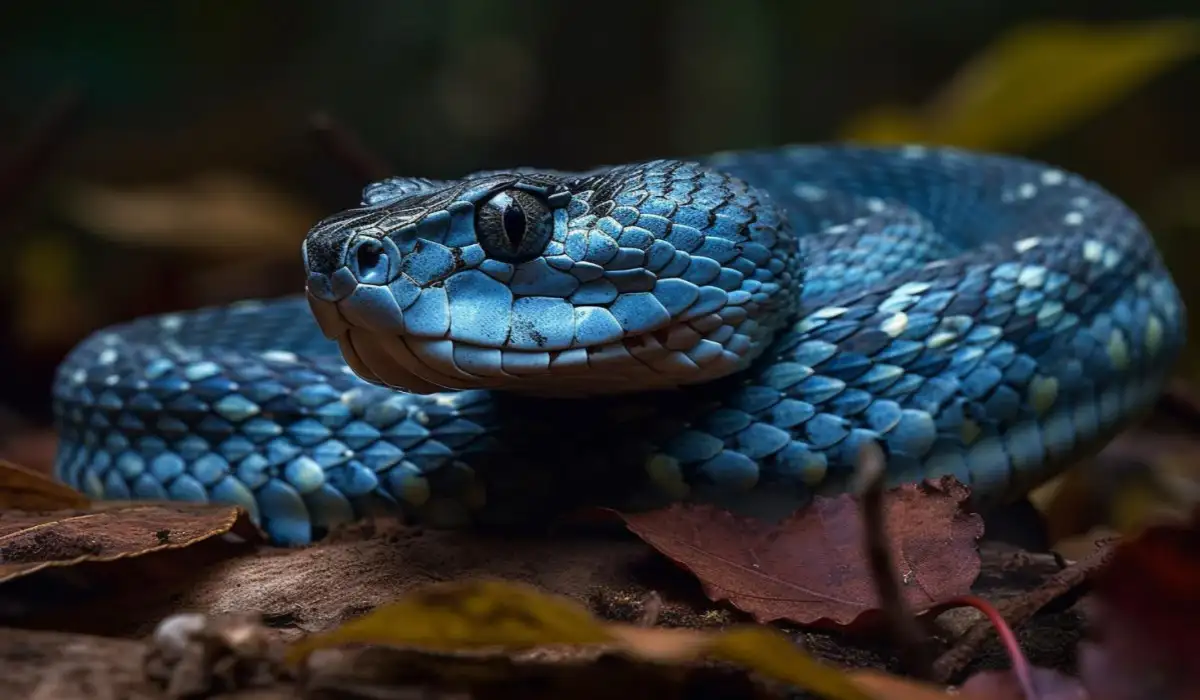World Snake Day, commemorated globally each year on July 16th, is a dedicated event for celebrating one of the planet’s most intriguing yet often misunderstood creatures, the snake. The objective of the day is to highlight the diversity of snake species, to emphasize their importance in preserving environmental equilibrium, and to encourage their conservation.
This day is an opportunity to understand that these complex creatures play an essential role in environmental health and should be respected and appreciated like any other living being. Snake Day is an arena for everyone - snake enthusiasts, eco-warriors, or the general public - to learn more about snakes, to dispel any fears or misconceptions, and to take action for their preservation.
History of World Snake Day
In numerous societies around the globe, snakes are frequently linked with evil or dangerous deeds due to their venomous nature and appearance, leading to frequent instances of mistreatment or unnecessary killing. This perception gave rise to the need for a day specifically dedicated to educate masses about the ecological importance of these creatures and their role in regulating pest populations as the top predators.
World Snake Day also intends to educate people about the multitude of threats that snakes are facing, including habitat destruction, changes in climatic patterns, and hunting for their skin or for bush-meat. Many species of snakes are experiencing rapid decline in their populations, pushing a few of them to the edge of extinction.
Over the passage of time, zoos, wildlife conservation groups, environmental organizations, and advocates for animal rights have marked World Snake Day by organizing events highlighting the importance of snakes. These events may consist of informative sessions, workshops, discussion forums, snake displays, and other educational programs designed to debunk the widespread misconceptions about snakes and promote measures for their preservation.
World Snake Day is celebrated across the globe by snake aficionados and conservationists, though it does not have official recognition from any government or the United Nations. Nevertheless, the day continues to receive increased attention with each passing year.
World Snake Day Timeline
First Snakes Evolved
Based on fossil records and evolutionary studies, snakes are believed to have evolved from burrowing lizards during the Cretaceous period.
Snakes in Ancient Cultures
In ancient cultures, snakes often symbolized deities and were used in religious rituals.
Maya Snake Symbolism
In ancient Mesoamerica, Mayan civilizations revered the snake heavily in their culture and religion.
Eastern Indigo Snake Declared Threatened
Endangered Species Conservation Act includes protection for the Eastern Indigo snake, indicating growing awareness of snake conservation efforts.
Current Snake Conservation Efforts
Various organizations continue to work towards snake preservation and education, promoting their importance to regional ecosystems.
Ideas to Celebrate World Snake Day
Documentary Screening
Hold a snake-themed documentary screening at your home or within your community. Through this, people can learn about the importance and diversity of the snake species.
Host a Talk with a Herpetologist
Invite a local herpetologist to give a talk about snakes and their conservation at a local community center, library or school.
Snake Storytelling Session
Organize a storytelling session, where ancient myths and modern tales about snakes are shared. This will entertain as well as create awareness about the cultural importance of snakes.
Exotic Snake Demonstration
Reach out to a local snake handler or a zoo and schedule a live snake demonstration. This could introduce rare and exotic snakes and help build an appreciation for the species.
Snake Quiz Challenge
Host a snake-themed trivia night at your house or at a local venue. Participants can show off their knowledge of different snake species, their habitats, diets, and more.
Snake Photography Competition
Organize a snake photography competition within your community. Encourage participants to photograph (from a safe distance) any snakes they encounter in their neighborhood, thus promoting observation and appreciation.
8 Interesting Facts About Snakes
Largest Snake in the World
The Green anaconda, found in the Southamerican Amazon, is the world's largest snake, with some sources claiming they may exceed 8.8 m (28 ft 10 in), although is is not firmly verified.
Venomous vs Non-Venomous
Not all snakes are venomous. Out of about 3,000 snake species, only around 600 are venomous.
Decapitated Snakes
A decapitated snake can still bite. Even after the snake has been decapitated, the nerves in its jaws can still function and deliver a venomous bite.
Heat Detection
Pit vipers, pythons, and some boas have infrared-sensitive receptors in deep grooves between the nostril and eye that allow them to "see" the heat.
Eggs vs Live Birth
Most snakes lay eggs, but some species (like the boa constrictor and green anaconda) give live birth.
Dispelling an Ancient Myth
Despite the ancient myth, snakes cannot hypnotize their prey. However, they are incredibly quick and accurate when striking their prey.
Mysterious Underground Breeding Balls
Garter snakes form 'mating balls' where up to 25 males coil around a single female, all trying to mate with her.
Deadliest Snake
The Inland Taipan is considered the most venomous snake in the world. One bite contains enough venom to kill 100 human adults or 250,000 mice.
World Snake Day FAQs
Next World Snake Day Dates
| Year | Date | Day |
|---|---|---|
| 2023 | July 16th | Sunday |
| 2024 | July 16th | Tuesday |
| 2025 | July 16th | Wednesday |
| 2026 | July 16th | Thursday |
| 2027 | July 16th | Friday |
| What is the pattern? | Every July 16th | |
World Snake Day Word Search
- Snake
- Reptiles
- Python
- Cobra
- Serpent
- Anaconda
